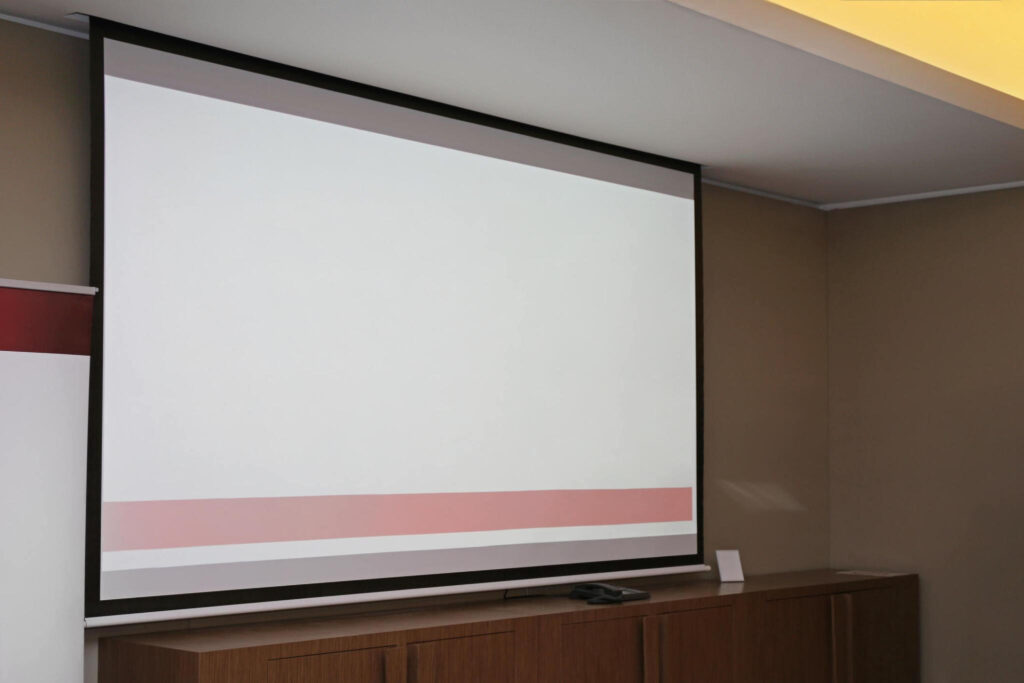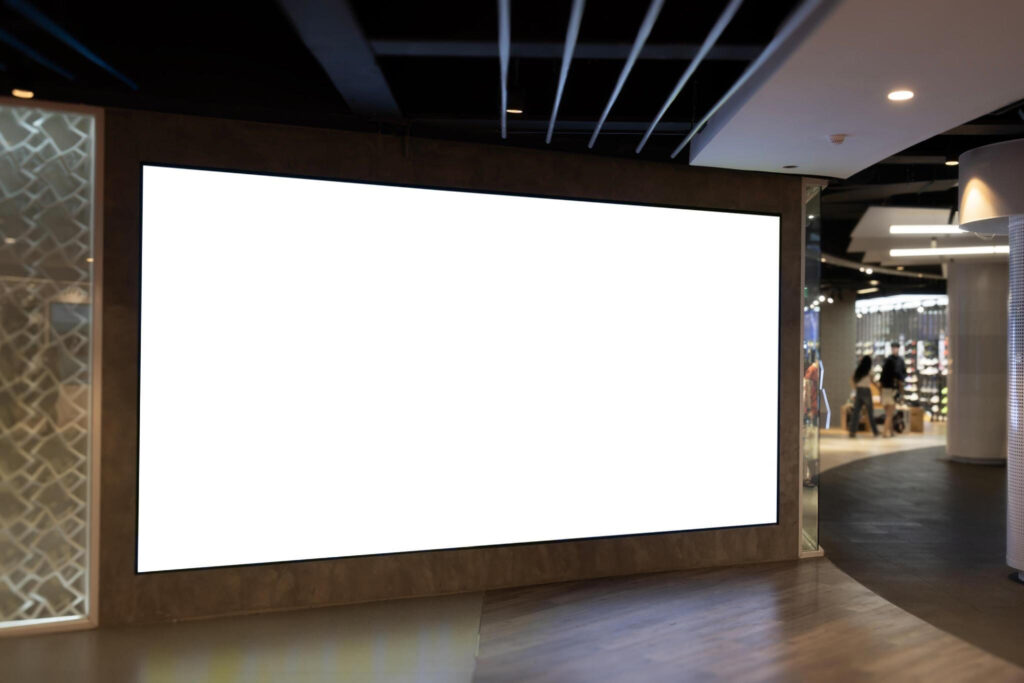Interactive flat panel displays have become essential tools in various educational and professional settings, offering a wide range of features and functionalities to enhance collaboration, engagement, and productivity. However, what sets these displays apart is their versatility and ability to be customized according to specific requirements and preferences. In this article, we’ll explore the diverse customization options available for interactive flat panel displays, allowing users to tailor solutions to their unique needs.
Screen Size and Resolution: One of the primary customization options for interactive flat panel displays is the choice of screen size and resolution. Displays come in various sizes, from compact panels suitable for small classrooms or meeting rooms to larger displays for auditoriums or conference halls. Additionally, users can select the resolution that best suits their content requirements, ranging from standard high-definition (HD) to ultra-high-definition (UHD) and even 4K resolution for crystal-clear visuals.

Touch Technology: Interactive flat panel displays utilize different touch technologies, each offering distinct advantages depending on the intended use case. Users can choose between infrared (IR) touch, capacitive touch, or optical touch technology, each with its own sensitivity, responsiveness, and multi-touch capabilities. Additionally, some displays offer pressure-sensitive touch, enabling precise drawing and annotation with stylus pens.
Connectivity Options: Customizing connectivity options allows users to seamlessly integrate interactive flat panel displays into their existing technology infrastructure. Displays typically feature a variety of input and output ports, including HDMI, USB, VGA, DisplayPort, and audio jacks, enabling connectivity with computers, laptops, tablets, smartphones, cameras, and other multimedia devices. Some displays also offer wireless connectivity options such as Bluetooth, Wi-Fi, or NFC for convenient screen mirroring and content sharing.
Software and Applications: Another key aspect of customization is the selection of compatible software and applications to enhance functionality and productivity. Many interactive flat panel displays come bundled with proprietary software suites that offer interactive whiteboarding, annotation tools, screen recording, and collaborative features. Additionally, users can install third-party applications and productivity tools from app stores to further customize their workflow and meet specific requirements.
Mounting Options and Accessories: Interactive flat panel displays can be customized with various mounting options and accessories to optimize placement and usability. Wall mounts, floor stands, mobile carts, and motorized lifts are available to accommodate different installation preferences and space constraints. Additionally, users can enhance functionality with accessories such as interactive pens, remote controls, document cameras, microphones, and speakers for multimedia presentations and interactive lessons.

User Interface and Settings: Customizing the user interface and settings allows users to personalize their interactive flat panel display experience for optimal usability and accessibility. Display settings such as brightness, contrast, color temperature, and touch sensitivity can be adjusted to suit ambient lighting conditions and user preferences. Furthermore, users can customize on-screen menus, shortcut keys, and gesture controls for intuitive navigation and ease of use.
In conclusion, the customization options available for interactive flat panel displays empower users to tailor solutions to their specific needs and preferences, whether in educational, corporate, or other environments. By selecting the right screen size, touch technology, connectivity options, software, mounting options, and user settings, users can create immersive and interactive experiences that enhance collaboration, engagement, and productivity. As technology continues to evolve, the possibilities for customization will only expand, enabling even greater flexibility and innovation in interactive display solutions.




